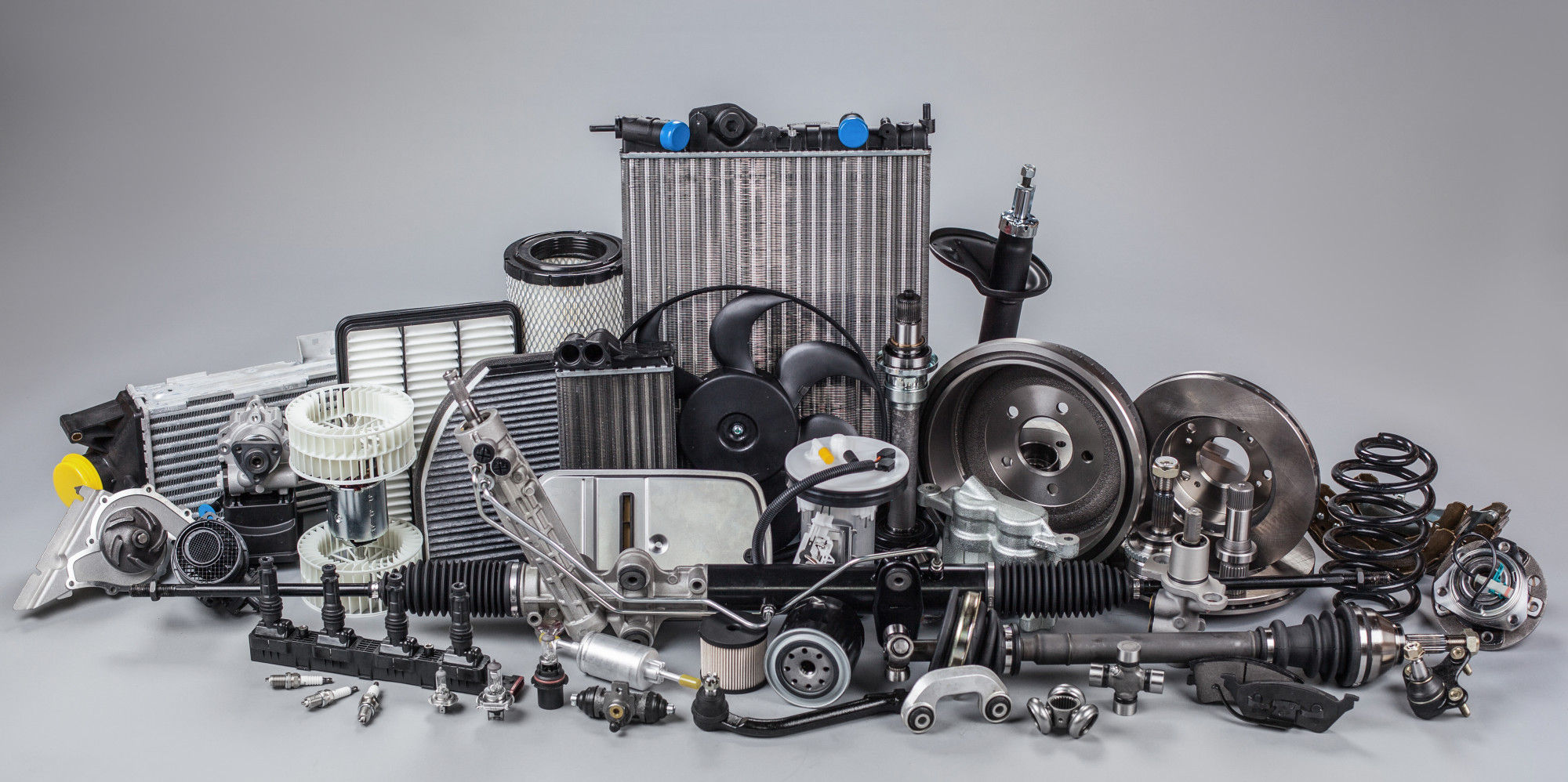Just as many homeowners take on DIY home improvement projects, many car owners take on DIY automotive repairs and upgrades. For some, it’s a lifelong hobby. For others, it’s a way to help keep down the costs of car maintenance.
Once you move beyond the basic maintenance tasks like switching out windshield wipers and into auto repairs, though, you bump against the OEM vs aftermarket debate. You can find advocates who swear by OEM parts, while others suggest the lower costs of aftermarket parts make them more practical.
If you’re not clear on the difference between OEM and aftermarket parts, keep reading for a quick breakdown and reasons why you might pick one or the other.
What Are OEM Parts?
OEM parts are new parts you get from the original equipment manufacturer. In other words, you get an exact duplicate of the part your vehicle needs because it likely comes off the same assembly line as the original part.
OEM Parts Pros and Cons
One of the main advantages when you buy parts from the OEM is that the parts are virtually guaranteed to fit your vehicle, barring a manufacturing problem. You can often expect warranty coverage for those parts if your vehicle is still under warranty.
One of the big pitfalls when it comes to OEM parts is the price. You typically pay a premium for those parts, even though the actual quality of the part may not justify the higher cost. In essence, you pay for a brand name.
What Are Aftermarket Parts?
Aftermarket parts are new parts made by companies other than the original equipment manufacturer for your vehicle. You can think of them as generic brand parts.
Aftermarket Parts Pros and Cons
Much like OEM parts, aftermarket parts come with their share of pros and cons. One of the big advantages of aftermarket parts is the price.
Let’s say you want a 4l60e transmission rebuild kit. If have the experience for the work, saving 25 percent or 50 percent off the top can make it worth the effort.
Another key advantage with aftermarket parts is availability. You can typically get the parts at automotive stores, while OEM parts often require a direct order with the manufacturer.
The main pitfall with aftermarket parts is uncertain quality. An aftermarket part may not meet the same specifications as an OEM part or may not fit as well. This can make repairs challenging.
OEM vs Aftermarket and You
The OEM vs aftermarket divide can leave the average car owner feeling uncertain. You don’t want substandard parts that won’t fit right on one hand. You prefer that you avoid overpaying if a less expensive option is available on the other hand.
In most cases for most car owners, aftermarket parts will get the job done just fine. The exceptions to this rule are when you’re dealing with vehicles under warranty, high-performance cars, and vintage vehicles.
Looking for more tips on repairing your own vehicle. Check out the posts in our DIY Auto repair section.

